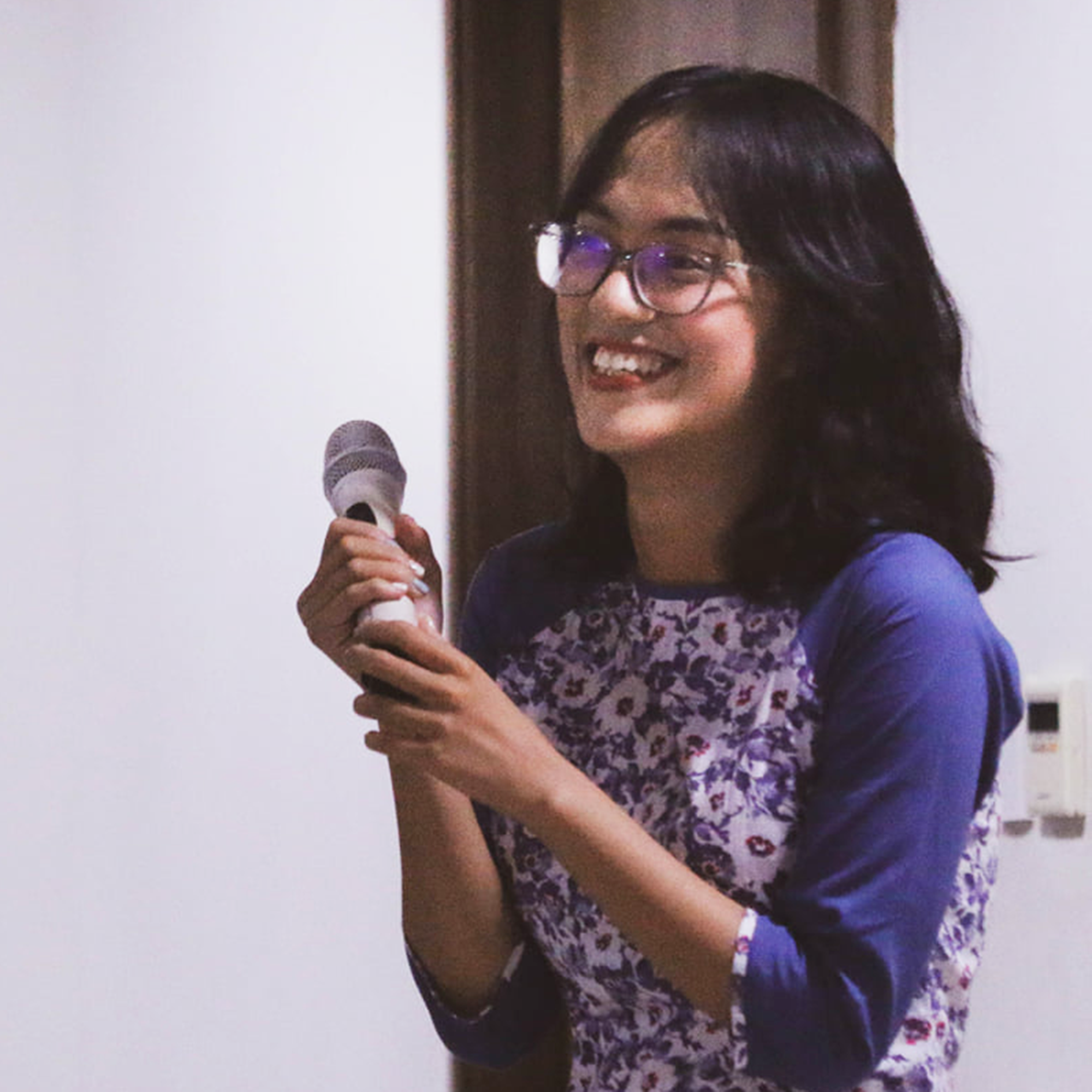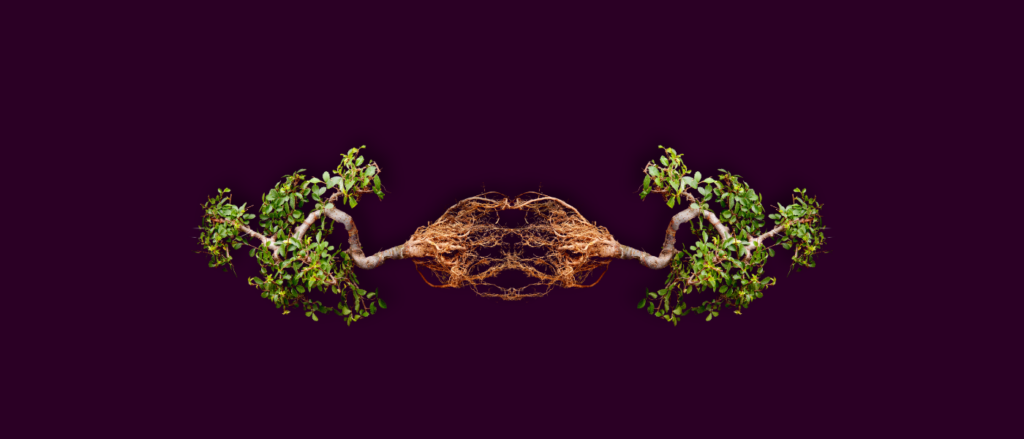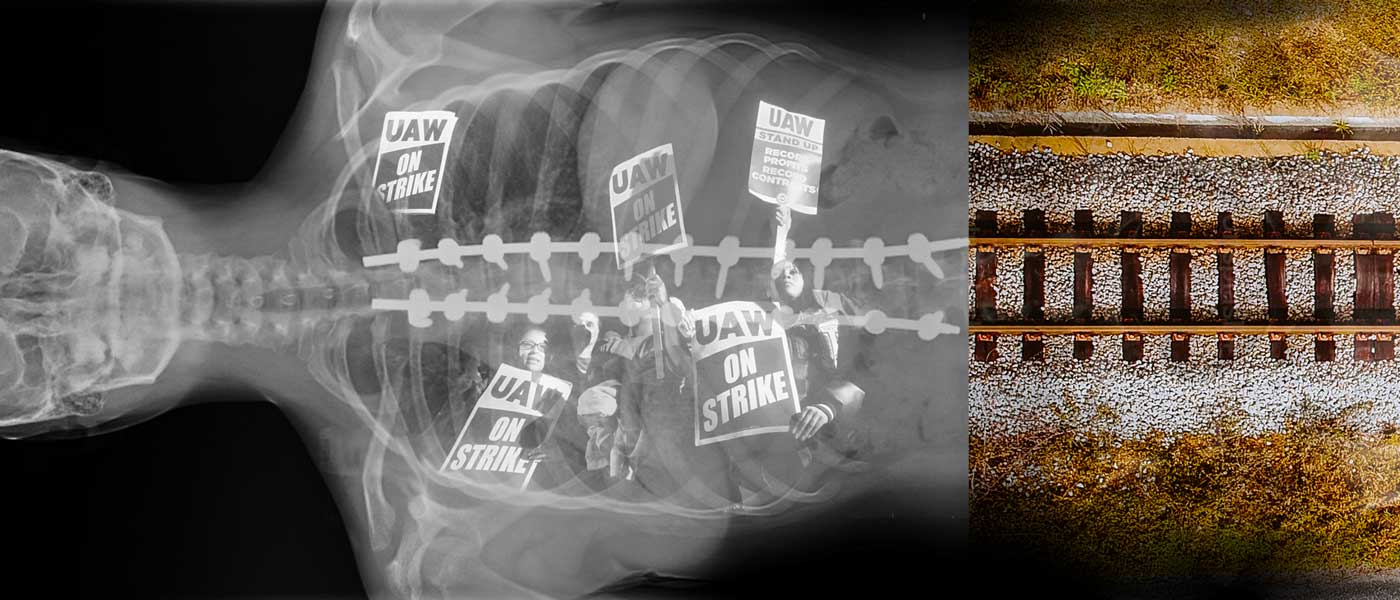Editorial Note: Tran Tran was a Finalist for our 2024 Editors-in-Chief position for our 2024 Community Anthologies. We invited our finalists to write a short piece on the topic of their proposed anthology.
I stared at my pen name, flagged as an error in Word. I wrote “Tran Tran writes in the muddle between Vietnamese and English,” the word “muddle” constantly auto-corrected into “middle.” To write in English as a multilingual, non-native English speaker is to face this perpetual pressure of wrongness — red squiggles under our identities and unusual lexical choices.
Yet I refuse to right myself into what I am not. I do not believe anyone can exist in the exact “middle” between languages. Instead, we shuttle, falter, wobble, even stumble, in a constant linguistic flux. Each language shapes and amplifies different sides in us. This ever-shifting state manifests poetically as an ongoing negotiation — where words, sounds, and meanings merge and clash, creating a dynamic interplay that resists fixed boundaries. I am reminded of these thought-provoking lines in Rhina P. Espaillat’s poem“Bilingual/Bilingüe”, which describes a father’s futile attempts at asking his daughter to separate their first language Spanish from English:
“English outside this door, Spanish inside,”
he said, “y basta.” But who can divide
the world, the word (mundo y palabra) from
any child?
As different languages dance on our tongue, we feel inevitably compelled to contemplate on the confluence of their socio-cultural, historical and linguistic imprints. For writers from a multilingual background writing in English, we must confront the prestige and tyranny this language reigns over others, deeply rooted in the troubling history of Western imperialism and colonization. How can the presence of another language gain equal footing with English in shaping the intention of a poem? What experiments do we need to center the value of non-English words, beyond the usual marginalized practices of italicizing or glossarizing?
I was not aware of how much space another language can take up in response to English until I came across Eduardo Corral’s work. A section in his poem “From ‘Testaments Scratched into a Water Station Barrel,’” which weaves Spanish and English, shows me what a linguistic crossing of borders could look like. Corral also uses extensive code-switching in his poems, a literary technique gaining prominence among multilingual writers of color. The poetics of code-switching captures the lived experiences of those who live at the crossroads between languages. Although I do not understand Spanish, Corral’s poems resonate with me because they reflect my own living dilemma — to be half understood in either language. Writing in multiple languages involves taking risks — of confusing readers, of not being understood — in order to stand up for more pressing peripheral experiences and their unacknowledged truths.
When I first began composing poetry in English, doubt smeared across the page. Would I ever feel “enough” and “equal” in this second tongue? What does it mean to create and express myself in the language of those who once waged war on my homeland? Questions of linguistic dominance persisted at the back of my mind. It took me a while to slowly respect my connection with English, while also taking up responsibilities to grapple with its colonial roots. How can I build a home for myself, and voices like me, on this linguistic terrain?
I drew much inspiration from Zeina Hashem Beck, a Lebanese poet who invented a bilingual form called “the Duet.” Duet poems feature an equal share of Arabic and English. Each part can be read as a separate poem, and once read together, unveil extra layers of nuances and tension. As the speaker moves between two languages — two layers of often conflicting realities — a sense of grief swells. Zeina’s work emboldened me to invent my own form, the DNA, where I combine some elements of Vietnamese traditional poetic form lục bát with the classic English sonnet. The repetitive component in each stanza structurally captures the intergenerational lenses that drive the focus of my poetry, while the inherent word play asks me to exercise my linguistic heritage. Every time I finished a DNA poem, I felt like I’d come home.
In her interview with harana poetry, Zeina asks, “What third meaning/dimension opens up when you read them [English and Arabic] together?” I find this “third meaning/ dimension” the common space multilingual writers exist in. We are not simply the collision points between languages, but the outward ripples that carry their own mix of beauty and pain.
Now imagine what happens when multiple ripples converge — waves of multilingual poetry joining forces to reshape the landscape of language itself. Let’s begin with baby steps of gathering the courage to assert our own linguistic heritages, leaving our untranslatable traces across the page.




